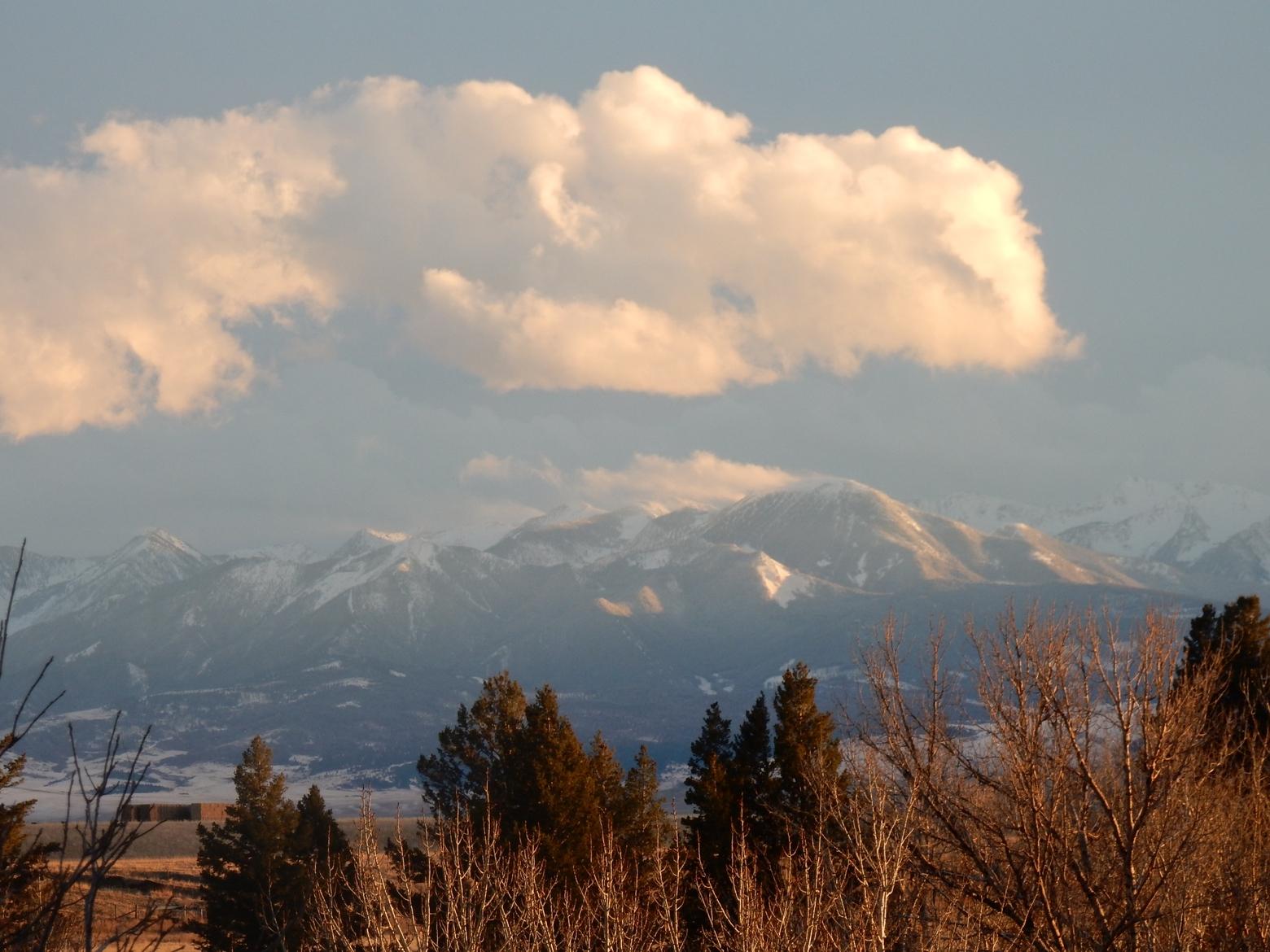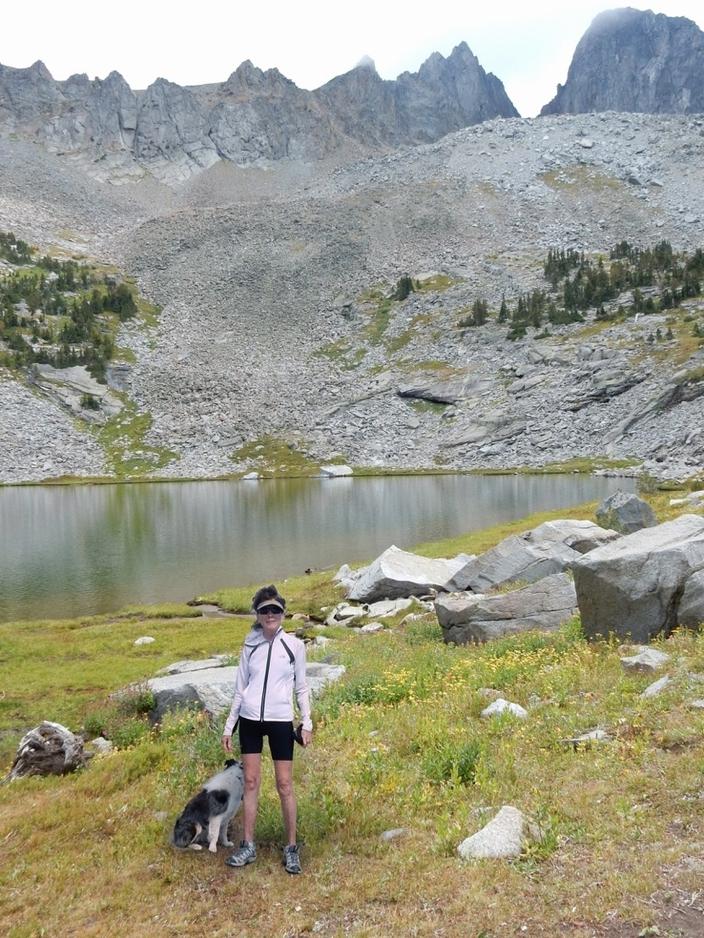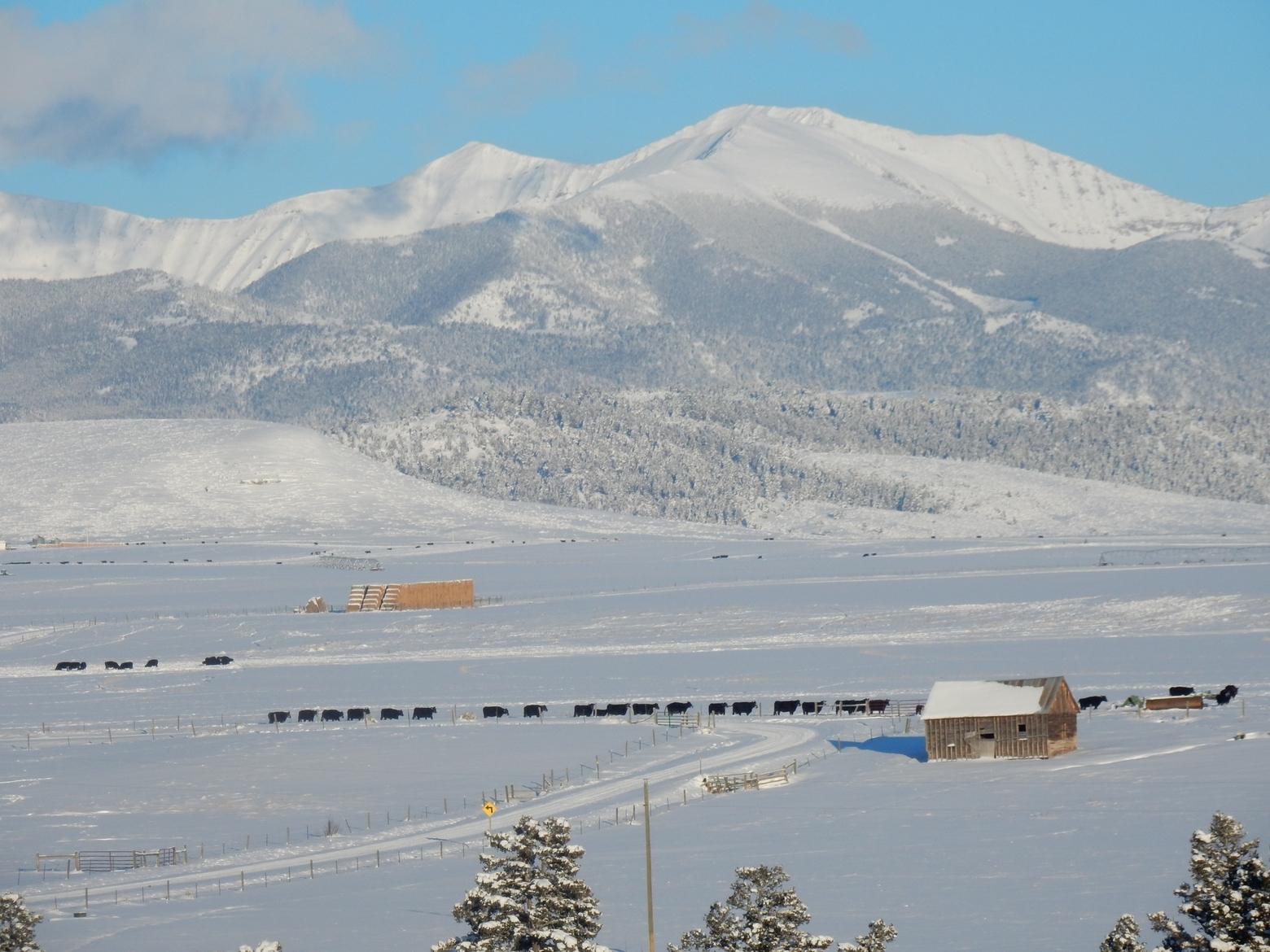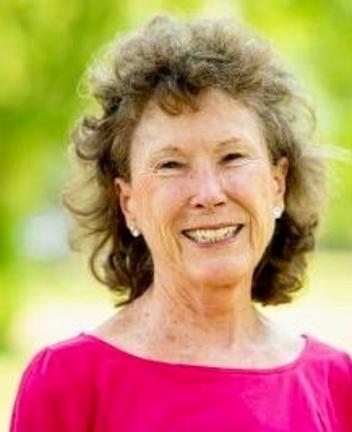Back to StoriesGlory is not Just in the Going
I was driving down Montana’s Highway 89 recently to one of my favorite spots: Cottonwood Bench Road. Making my way through a tree-heavy section known as “Deer Alley” near my home in Clyde Park, I saw wild turkeys in the road just ahead of me. I immediately put on my emergency lights, as I always do when I see wildlife close to the driving lane, and stopped to watch two adult turkeys and about a dozen small ones running all over the place—maybe a first exploration away from their home territory.
English writer-philosopher John Ruskin said, “There is always more in the world than a man can see walks he ever so slowly. He will see no more by going fast, for his glory is not in going but in being.” I often think of that beautiful maxim on my daily walks down the country road. Some people speed by me as if I’m an inconvenient pothole. Several, to my delight, slow down and wave. And a few stop and roll down the window to shoot the breeze. When they move on, I look around to take note of what we see by simply going slow, not to mention that we may have time to stop for the spotted fawns, black bear cubs, and even turkeys.
I see the daily change in the color of the wheat; a fuzzy caterpillar; the interesting seed pods on the ripening canola which were pointed out to me by the local farmer (one who rolls down the window to chat); the autumn flocking of the annoying crow-esque grackles; one late flax bloom giving thanks for the rain; and a growing number of ponderosa pine that are getting noticeably red and won’t be long for this life. It’s not much to brag about, but a lot to wonder about.
One of my all-time favorite events and accomplishments have been several Bridger Ridge Runs, that arduous, 20-mile cross-country run along ridge of the Bridger Mountains in Bozeman. The glee of being with fellow runners charging up the trail to Sacajawea Peak, and hours later slip-sliding down the far side of Baldy, could well be something I remember in my last breath.
December 1, 2023
Glory is not Just in the GoingTo slow down and take in the wonder of Nature is to recognize the spirituality and wonder of our environment
by Dorothy Bradley
I was driving down Montana’s Highway 89 recently to one of my favorite spots: Cottonwood Bench Road. Making my way through a tree-heavy section known as “Deer Alley” near my home in Clyde Park, I saw wild turkeys in the road just ahead of me. I immediately put on my emergency lights, as I always do when I see wildlife close to the driving lane, and stopped to watch two adult turkeys and about a dozen small ones running all over the place—maybe a first exploration away from their home territory.
One couldn’t help but laugh. But the car
behind me whizzed right by, pretty impatient judging by his irritated honk; and
a second one came from the front without slowing even a whit. The result was,
of course, two dead babies and feathers blowing up and around in the breeze
like a tiny celebration of their lives that ended too soon.
English writer-philosopher John Ruskin said, “There is always more in the world than a man can see walks he ever so slowly. He will see no more by going fast, for his glory is not in going but in being.” I often think of that beautiful maxim on my daily walks down the country road. Some people speed by me as if I’m an inconvenient pothole. Several, to my delight, slow down and wave. And a few stop and roll down the window to shoot the breeze. When they move on, I look around to take note of what we see by simply going slow, not to mention that we may have time to stop for the spotted fawns, black bear cubs, and even turkeys.
I see the daily change in the color of the wheat; a fuzzy caterpillar; the interesting seed pods on the ripening canola which were pointed out to me by the local farmer (one who rolls down the window to chat); the autumn flocking of the annoying crow-esque grackles; one late flax bloom giving thanks for the rain; and a growing number of ponderosa pine that are getting noticeably red and won’t be long for this life. It’s not much to brag about, but a lot to wonder about.
One of my all-time favorite events and accomplishments have been several Bridger Ridge Runs, that arduous, 20-mile cross-country run along ridge of the Bridger Mountains in Bozeman. The glee of being with fellow runners charging up the trail to Sacajawea Peak, and hours later slip-sliding down the far side of Baldy, could well be something I remember in my last breath.
But now it seems,
every mountain range everywhere and anywhere has to be crisscrossed summer and
winter by extreme athletes. And what is the drive? To conquer yet one more
range? Prove you can do it? Will you join the mass of climbers up Everest
picking your way among garbage and human waste left on the mountainside in the
need to carve one more notch on your stick? Does the mountain itself get any
consideration?
When extreme runs started across the beautiful, still solitary Crazy Mountain
Range, I had mixed feelings. The Crazies are most famous for the vision quest
of the Crow tribe’s Chief Plenty Coups. This didn’t happen at a sprint. It was
an extraordinary long haul. And it wasn’t done to conquer the peak. It was done
to seek wisdom, a life path. It required many days, patience, fasting, the loss
of blood, until the dreams finally revealed themselves.
And Plenty Coups, as just a boy, learned about
the chickadee—the last remaining bird after the forest blew down—and that it
survived because it listened and learned. Plenty Coups interpreted this as an
admonition that knowledge and education were as critical to the survival of his
people as strength and physical prowess.
This is worthy of our contemplation.
_______________________________________________________________________________________________________________________________
Mountain Journal is the only nonprofit, public-interest journalism organization of its kind dedicated to covering the wildlife and wild lands of Greater Yellowstone. We take pride in our work, yet to keep bold, independent journalism free, we need your support. Please donate here. Thank you.
Related Stories
January 31, 2024
Forests of Immortal Stories
In her latest essay, MoJo columnist Susan Marsh writes how ancient trees draw human love in Greater Yellowstone and across the globe....
January 21, 2025
Why ‘Yellowstone’ Became a Dirty Word to so Many Montanans
No one ever claimed the hit cowboy soap opera was aiming for realism. But for Montana locals, the show’s many day-to-day...
July 9, 2024
The Lost Lesson of Stewardship
In the face of a warming climate and accelerating human impact
in Greater Yellowstone, former 16-year Montana State Representative Dorothy
Bradley writes that...






